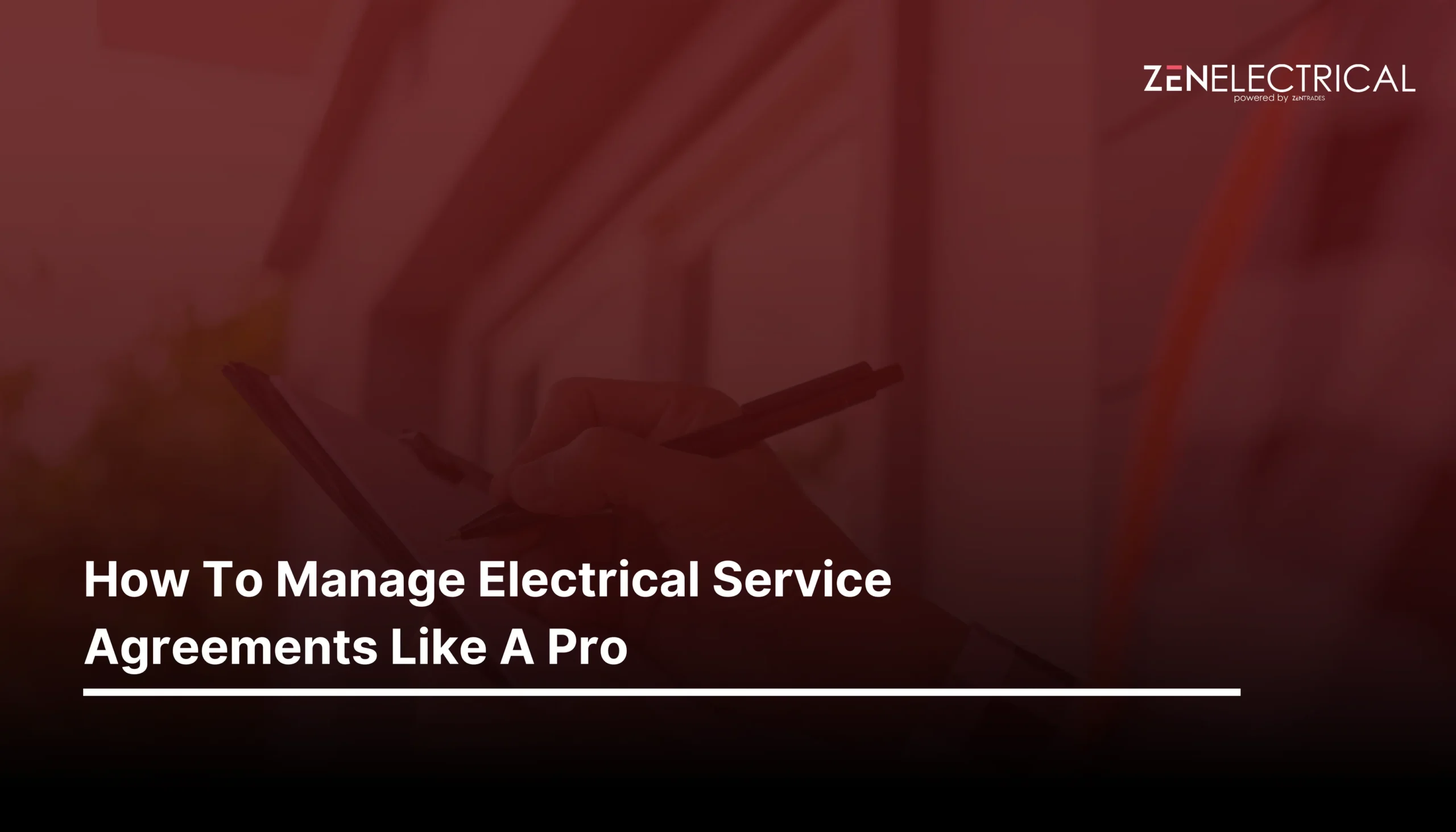
- Fire suppression system uses water, gas, foam & chemicals.
- In some cases, water can worsen fires.
- Installing a suppression system lowers insurance costs.
- Choosing the right system depends on local regulations.
- ZenFire simplifies inspection & maintenance of the suppression system.
Many industries, warehouses, and other commercial buildings house sensitive equipment, flammable liquids, and various irreplaceable assets that are vulnerable to liquid contamination. Unfortunately, if a fire breaks out, the fire sprinkler system can worsen the situation. The densely packed ceilings in data centers, server rooms, and control rooms feature components like mechanical pipes, electrical busways, and cable trays that hinder the sprinkler spray dispersion, thus creating a pathway for a more catastrophic fire. This same issue is present in gas and oil fires that typically occur in commercial kitchens.
Fire sprinklers are a subset of fire suppression solutions. If you dig deep, then fire suppression solutions represent a more advanced fire protection strategy that utilizes suppression agents such as chemical agents, foam, or gas to manage and extinguish various types of fires, while also notifying emergency services about the fire trigger to enhance response time.
This blog will explain the science behind how a fire suppression system works, the different types of fire suppression systems, the fire suppression strategies, the costs involved in purchasing, installing, and maintaining a fire suppression system based on its type, and how to choose the right suppression system for your industry.
Table of Contents
Make Winning Quotes in Minutes – For Any Industry And Any Job

How Does A Fire Suppression System Work?
Without heat, oxygen, fuel, and proper chemical reactions, a fire cannot survive. Therefore, the primary goal of fire suppression is to eliminate at least one of these sources to extinguish the fire tetrahedron. Various suppression agents, such as water, foam, gas, and chemical agents, are used to achieve this.
Let’s understand how the entire fire suppression process works, along with each key component and its functionality:
Step 1: Fire Detection
Fire detection devices such as smoke detectors, flame detectors, heat detectors, and manual pull stations send signals to the fire control panel during a fire event, which then activates the fire suppression system.
Step 2: Fire Control Panel
Once the fire control panel receives a signal from any of the fire detection devices, it activates the notification devices and the particular suppressant delivery system installed in the building.
Step 3: Notification Devices
Notification devices generally include alarms, horns, and strobe lights to alert building occupants to evacuate before the fire suppression system activates.
Step 4: Abort Switches
The abort switch delays the fire suppression system from activating until everyone has evacuated the building.
Step 5: Manual Access
Manual access enables a person to intervene and deactivate the fire suppression system to minimize false alarms or when the automatic detection system fails to operate reliably.
Types Of Fire Suppression Systems
Broadly speaking, there are five types of fire suppression systems. Each has its unique properties and is used according to the specific requirements and location of a particular business. For example, one type of fire suppression system might be suitable for a data center but may not be appropriate for areas occupied by a large number of people.
Traditional Water Sprinkler Systems
Water-based fire suppression systems are the most commonly used fire suppression strategy. This can be partly due to the fact that fire protection systems in many commercial buildings were incorporated long before these advanced systems became available. Furthermore, the relative affordability and abundance of water contribute to its extensive use in business applications.
The fire sprinkler system is one of the most common examples of water-based fire suppression systems. These systems keep pressurized water in their sprinkler pipes. When a fire occurs, the heat sensor attached to the sprinkler head detects a certain temperature increase and activates the sprinkler head closest to the fire’s source. Then, this pressurized water is quickly discharged through the heads in the affected area.
Clean Agent Or Gas-Based Fire Suppression System
The clean agent or gas-based suppression system extinguishes Class A, B, and C fires without leaving any residue. The gases used are primarily inert gases such as nitrogen, helium, and argon, which are stored in compact cylinders and the clean agent most commonly employed is FM-200.
Foam-Based Fire Suppression System
A foam-based suppression system uses a mixture of foam and water to create a thick blanket over the fire, depriving it of oxygen. This type of system is commonly used to quickly extinguish burning flammable liquids and cool the surface area.
Chemical-Based Fire Suppression System
There are practically two types of chemical-based fire suppression: wet chemical and dry chemical.
Wet chemical suppression systems are employed in commercial kitchens. The chemical reacts with the fats and oils on the burning surface to produce foam, which cools the area and prevents the fire from reigniting.
The dry chemical suppression system uses powders like sodium bicarbonate and mono-ammonium phosphate, which are contained in cylinders. These powders extinguish fires by disrupting the chemical reaction that fuels the flames.
Pneumatic Heat Detection Tubes
Pneumatic heat detection tubes are similar to fire extinguishers; however, they are best suited for extinguishing flames in cabinets and cupboards rather than in large areas. These tubes consist of a pipe and a valve. The pipe is installed near potential fire sources, and when the temperature rises to a certain level, it releases the suppression agent into the flames through the valve.
Why Do You Need An Automatic Fire Suppression System?
While installing an automatic fire suppression system isn’t legally required by fire regulations, it is a critical investment to enhance the fire protection strategy of an industrial environment that houses flammable materials and electronics vulnerable to water damage.
Installing a fire suppression system minimizes the spread of fire damage, and a notification is sent to the fire department when a fire is triggered in the building. Moreover, business owners are charged lower insurance premiums due to the additional fire safety measures they have incorporated into the building.
How To Asses The Average Cost Of A Fire Suppression System
The factors that affect the overall cost of a fire suppression system are:
The size and layout of the building: Larger buildings require more materials, such as piping, sprinkler heads, cylinders, and other release systems.
The type and complexity of the fire suppression system you are buying: The cost varies based on the type of suppression system you purchase. For instance, a clean agent suppression system is more expensive than a fire sprinkler system.
The local codes and standards: Certain regulations will require buildings to upgrade specific features, adding complexity and impacting the overall cost.
If the system is installed in a new or existing building: Typically, installing the system in a new building is less expensive than retrofitting it in an existing building.
The complexity of the installation process and labour rates: The time needed for installation and labour rates influence the costs associated with it.
Maintenance, inspection, and testing: To ensure the functionality of the fire suppression system during an emergency, maintenance, inspection, and testing are necessary, which involves additional costs.
To calculate the average cost, you need to consider the expenses related to the equipment, installation, maintenance, and inspection. Here are the steps to follow for improving your fire safety in a cost-effective manner:
Consult a fire protection system contractor about your building’s needs and the potential costs.
Once you get recommendations from a professional, decide which type of fire suppression system is suitable for your property.
Obtain several quotes (including extra charges) from different contractors to compare their pricing and services. Always ask for a detailed breakdown of costs, such as installation, labor, ongoing maintenance, etc.
Conclusion
A fire suppression system protects commercial facilities and their high-value assets from fire by minimizing the spread of damage. While traditional fire sprinklers still dominate the field, the automatic fire suppression systems offer more enhanced fire protection based on the specific industrial needs, from data centers to commercial kitchens.
Choosing the right fire suppression system depends on the size of the building, fire hazards, and regulatory requirements. Businesses should be aware of the overall costs involved in the installation, maintenance, and inspections of fire detection devices like smoke detectors and manual pull stations, notification devices, and suppression systems to make informed decisions about fire protection.
ZenFire provides digital solutions to simplify inspections, maintain compliance, and seamlessly ensure proper fire suppression system functionality. Businesses comply with fire regulations while safeguarding assets and building occupants with auto-generated reports and compliance checklists. Schedule a free demo with us and improve your fire protection strategy today!

Get Insights Delivered Straight
To Your Inbox!
Related Reading
Why Your Field Software Management Software Needs QuickBooks Integration
ZenTrades Why Your Field Service Management Software Needs QuickBooks Integration Read More Request Demo...
Read MoreZenTrades How To Manage Electrical Service Agreements Like...
Read MoreZenTrades The Best 5 Jobber Alternatives In 2023...
Read More

